How to humidify the air without a humidifier in the apartment in winter: the best practical options
Because of the dry air, it blocks its nose, a sore throat is felt, a cough appears, lips crack, hair is electrified, skin peels ... Agree, you want to get rid of such unpleasant phenomena as soon as possible?
Knowing how to humidify the air without a humidifier in the apartment, you will forget about these problems once and for all. Yes, and you can maintain a comfortable microclimate in the house, regardless of the time of year or the weather outside.
In our article you will find comprehensive answers to questions of interest to the caring owner of a house or apartment. We will talk about the reasons for the decrease in humidity in enclosed spaces. We will show you how best to deal with low humidity and related phenomena.
The content of the article:
Why is air dry and humid?
A person breathes air, which contains water vapor. The actual amount of this vapor in one cubic meter of air is called absolute humidity. Abbreviated: ABB. For example, if one cubic meter of air contains 15 g of water, then the absolute humidity is 15 g / m3.
The amount of water in the air varies, but there is the maximum possible air saturation with water vapor at a given temperature. This value is called the maximum absolute humidity, saturation limit, or moisture capacity.

The moisture capacity of the air depends on its temperature: the higher the temperature, the more water can hold the air. With a decrease in temperature, it passes the dew point and the air can no longer hold the previous amount of water vapor.
Excess moisture condenses and falls in the form of dew, hoarfrost, or hoarfrost. As a result, the current absolute humidity is reduced.
With increasing temperature, the reverse process occurs - an increase in moisture capacity. If there are sources of water or steam, the humidity will increase to the saturation limit that is characteristic of a given temperature.
What is relative humidity?
Weather forecasts do not feature absolute but relative air humidity (RHV). This is the ratio between the current and maximum absolute humidity times 100. It is not measured in grams per cubic meter, but as a percentage.
It is very important to understand that in winter with the same ABB on the street and in a heated room, the OBB will be higher where the temperature is lower, that is, on the street.
Let's see how it looks in practice. At −20 ° С in 1 cubic meter of air there can be no more than 0.88 grams of water vapor. This is the saturation limit at which relative humidity is 100%.
At +20 ° С the amount of steam in one cubic meter of air can already reach 17.15 g / m3. With the current ABB equal to 0.88 g / m3, SIR will be only 5.1%.

It would seem, why introduce two close concepts: relative and absolute humidity. But there are good reasons for this. Firstly, it is much easier to measure the SIR - even simple household hygrometers do an excellent job of this.

And secondly (and most importantly), the degree of influence on the body is due to a combination of humidity and temperature, which means that the RHI indicator is more informative. Remember how uncomfortable it is on a hot day after rain, when the effect of the sauna occurs. With moderate humidity, heat is much easier to carry.
Relative humidity in accordance with GOST
Parameters microclimate in living rooms are specified in GOST 30494-2011. They are classified as optimal and acceptable.
The optimal climate is called the microclimate, in which the human body is able to maintain a normal thermal state without undue stress on the mechanisms of thermoregulation. With an optimal microclimate, about 80% of the people in the room feel comfortable. But the remaining 20% will be uncomfortable.
With acceptable microclimate parameters, the mechanisms of thermoregulation of the body are tense, because of which the person’s well-being worsens, he feels discomfort, but without harm to health.
Let us clarify that these standards are developed for builders and organizations serving residential buildings (housing offices, homeowners associations, etc.). Therefore, the microclimate parameters are indicated in relation to the cold and warm periods of the year. That is, builders should build such houses so that they keep heat and humidity at an acceptable level, and service organizations provide sufficient heat in winter.
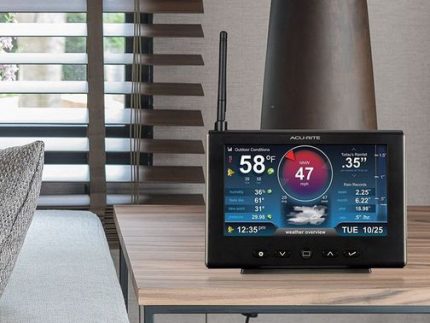
But for the human body, the interconnected indicators of temperature and relative humidity are important, regardless of the time of year. What they should be shown in the table.
| Optimum air temperature | Optimum relative humidity | Permissible relative humidity |
| 20-22 ° C | 45-30% | no more than 60% |
| 22-25 ° C | 60-30% | no more than 65% |
As you can see, the range of parameters is very wide and when the temperature rises by only 2-3 ° C, the upper limit of optimal humidity immediately “jumps” up. It is clear that, despite the standards, an increase or decrease in humidity of 1.5-2 times at a constant temperature will affect well-being.
Already approaching the lower limit of normal air is perceived by many as too dry. If for a long period the temperature is kept at −20 ° C or lower, the relative humidity in the apartments drops below the limit level and can reach 5-7%.
Why is dry air harmful to humans?
Muconasal secretion secreted by the mucous membranes of the nasal cavity acts as a barrier to the penetration of viruses and bacteria dangerous to humans.
With a lack of humidity in the air, the mucous membranes dry out, a lack of secretion occurs, which contributes to infection with influenza and other infectious diseases. Runny nose, sneezing, coughing. From drying out and tension on the mucous membranes, microcracks form, which can become foci of purulent infections.
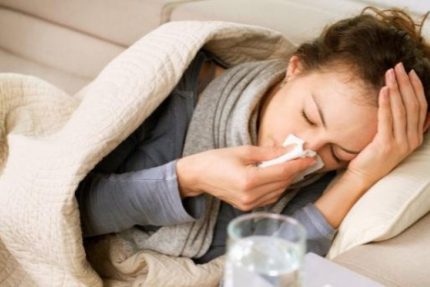
Being in a room with low humidity leads to quick drying of tears. The surface of the eyes is not cleaned or wetted properly. Itching, redness appears. The most affected are people who work at a computer or wear contact lenses.
Not only mucous membranes, but also integuments suffer from dry air. Dry skin is more prone to allergic reactions, dermatoses. The general state of health worsens, a person gets tired faster, and perceives information worse.
Young children are most sensitive to dry air. Doctors recommend maintaining a relative humidity of at least 45-50% in the nursery.
How to determine if dry air or not?
It is easiest to control the microclimate with the help of instruments: a thermometer, a hygrometer or a home weather station. You can use available tools.
Fill the glass with water and place in the refrigerator to cool to 3-5 ° C. Take a glass of cold water and place it on a table or on another surface that is convenient for observation.
After 10 minutes, assess the condition of the condensate on the outside of the beaker. Small drops of water on the fogged wall indicate normal humidity. Large drops flowing down the wall indicate high humidity. If there is no condensation, the glass outside is dry - humidity is low.

A fresh cone, only torn from a tree or recently dropped from a branch, reacts to the moisture content in the air. Brought into the apartment, where the air is too dry, she fully reveals her scales. At high humidity, on the contrary, the scales will remain pressed. Just do not put the bump near the heat sources, otherwise the results of the observation will be unreliable.
It must also be remembered that the feeling of cold and warmth is purely individual. Someone even goes around the house in a T-shirt at 18 ° C. To others, central heating radiators seem cold, despite the optimal 22 ° C. Therefore, you need to focus on your own feelings and well-being.
But if there are effects that were mentioned at the beginning of the article, while electric heaters work, the apartment is often ventilated when it is -10 ° C or lower on the street, and the tips of the leaves dry up in house plants, despite proper care, it’s time to act.
For this, it is not necessary to buy special devices. It is well known how to moisten an apartment in winter without a humidifier using folk methods, which at the same time have a scientific basis.
How to increase humidity?
Understanding the relativity of humidity under different conditions, you will no longer make a common mistake when trying to moisten an apartment in the winter by airing it. If the street is cold and high relative humidity, ventilation will give the exact opposite effect and the air will become drier.
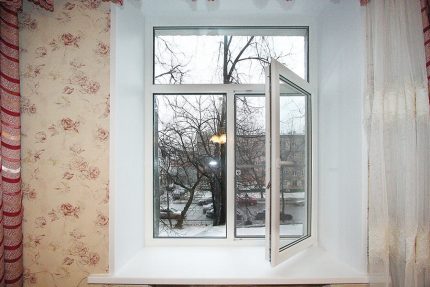
Also, do not reduce the heat supply or cover the battery with a blanket to lower the temperature in the apartment. The relative humidity will indeed increase, but the actual amount of moisture in the air will not change, although this is our goal.
It may seem that the limited moisture capacity of the air causes some trouble. In fact, due to this property, the Earth’s atmosphere saturated with water vapor does not boil and does not turn into a block of ice, and to moisten too dry air in the apartment simple and effective methods.
Using dishes with water
On the sea coast there is always more moisture in the air, but in the apartment you won’t be able to arrange a large body of water. But it is possible to place containers with water in different places. Evaporating, it will continuously moisturize the air.
You can pour water into the basin, the tray for the refrigerator, a large dish, the main thing is that the evaporation surface is as large as possible. Bottles and other containers with narrow necks are not suitable for this purpose.
In order not to trip over the dishes placed around the apartment, place it under the table, under the radiator, under the cupboard or in other hard-to-reach places. Do not forget to add water as it evaporates.
Moisturizing curtains and towels
Heating radiators in standard apartments are located under the windows behind the curtains. Using a spray bottle, dampen the curtains with water until light humidity. The heat from the battery will dry the fabric by evaporating water. The method is most effective if heavy moisture-intensive curtains are used as curtains.
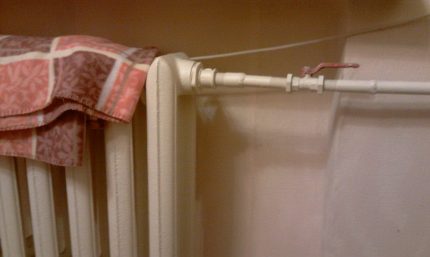
Terry cloth, from which bath towels and bathrobes are sewn, absorbs and retains water well. Wet a terry towel with water, squeeze it slightly and hang it on the back of a chair or a heating radiator. After the towels have dried, repeat the procedure.
Plastic bottle and bandage
You will need a plastic bottle of 1 liter and a regular bandage 1-2 meters long. One end of the bandage is folded into a bundle and passed through the neck of the bottle to the bottom. The bottle is filled with water and fixed on the battery, for example, using a strong rope. The bandage is wrapped around the battery.
The bandage will be soaked with water from the bottle and evaporate this moisture under the action of heat coming from the battery, humidifying the air. You just need to remember to add water to the bottle.
Water-loving home plants
Home plants with large leaves hold a lot of fluid and moisturize the air well.
Best suited for this purpose:
- ficus and scindapsus;
- monstera and nephrolepis;
- aglonemma and diphenbachia;
- sansevieria and chlorophytum.
Water-loving plants require regular abundant watering and spraying.
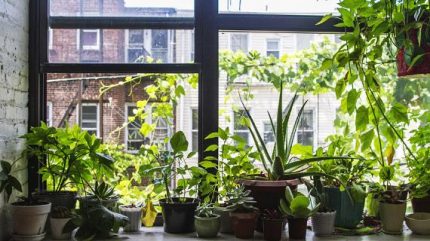
Wet soil in pots will serve as another natural humidifier. In addition to moisturizing, plants purify the air of formaldehyde and other harmful substances, enrich it with oxygen.
Indoor Table Fountains
Small sized desktop room fountains can be with or without a submersible pump. Water rises and drains, passing a path of varying complexity and length.
During circulation, natural evaporation of water occurs, due to which the air is saturated with moisture. Such fountains are a fashionable element of decor. The murmur of jets promotes relaxation.
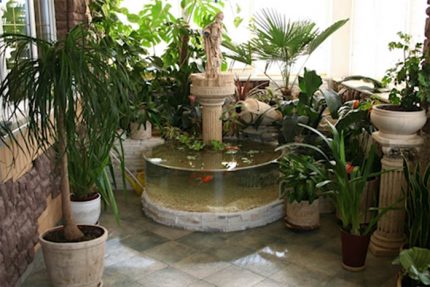
To prevent limescale, use distilled water. It is necessary to add it daily, without allowing the fountain to work idle. Clean and rinse the fountain every 1-2 months.
Pebbles or expanded clay against “dryness”
A wide shallow container is filled half the height with small pebbles or expanded clay and water is poured, subsequently topping up as it evaporates. On a pebble pallet, you can install pots with uzambar violets and place them all together on a windowsill or in a kitchen cabinet, if there is enough sunny place.
Pebbles should be washed regularly under running water. It is also useful to periodically sterilize it by immersing it for several minutes in boiling water.
Filling akvagrunta in the tank
Colored balls that are able to absorb water, and then gradually give it to the soil or atmosphere, I call the aqua soil. It is used in floriculture, adding to pots with house plants. He looks beautiful in vases with cut flowers.
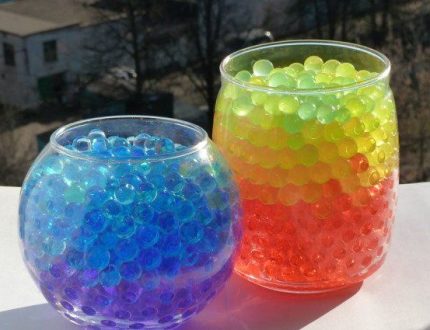
If you spread the aquagrunt in vases and salanitsa, it will not only moisten the air in the apartment, but also decorate the interior. Stir the balls periodically so that the moisture evaporates not only the upper, but also the lower layer, and also add water. Once a week, arrange shower balls - rinse them under a running stream of water.
Aquarium with or without fish
Large and small transparent water tanks are excellent help in the fight against dry air. Table, floor, wall, round, rectangular, multifaceted aquariums - it is beautiful, fashionable, interesting.
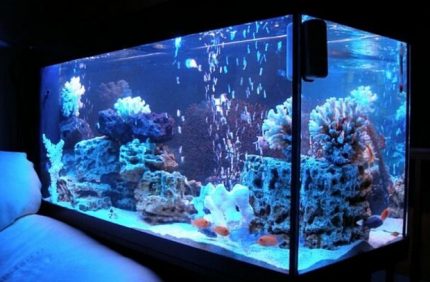
If you do not have the opportunity or desire to care for the inhabitants of a home reservoir, do without them. With such an aquarium you do not have to spend time caring for fish and plants. For decoration, use colored soil, models of castles and coral reefs, do not forget about the backlight. Do not cover the aquarium so that the water constantly saturates the air in the room with moisture.
Steam from hot water
There are situations when humidifying the air is urgent. Boiling water in a kettle or an open pan will quickly fill the air with steam. This method can only be temporary, since it is easy to forget about the included stove. In order not to arrange a steam room in the kitchen, the fire under the pan should be minimal.
Having taken a bath or shower, do not let moisture leave your apartment through the ventilation - open the door to the bathroom and let the air in the living rooms get saturated with moisture for a short while.
Do not overdo it in the fight against dryness. Relative humidity above 70% will cause the walls and ceiling to become damp, and this is already a favorable environment for the development of mold. Dampness in the house is much more dangerous for health, so avoid extremes and stick to the "middle ground".
If the methods listed in the article are not very effective and you want to independently control the process of saturation of the atmosphere in the room with water, you should purchase humidifier, whose selection features will be introduced by the article we have proposed.
Conclusions and useful video on the topic
5 ways to increase the humidity in the apartment in practice:
How to effectively use a towel in the fight against excessive dryness in the house:
Humidification, purification and aromatization of air:
The relative health and well-being of a person depends on the relative humidity of the air. In winter, the moisture content in the air may fall below acceptable standards, which requires normalization of the microclimate.For this, it is not necessary to use special devices.
You can do with improvised means that have varying degrees of effectiveness. The combination of different methods helps to achieve a lasting effect and make the house more comfortable.
Do you have useful information on the topic of the article? Have a desire to share it with site visitors? Write, comments, ask questions, post photos in the block form below.

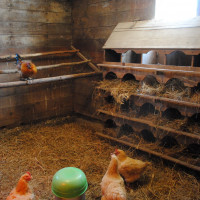 DIY ventilation in the chicken house in winter: the best schemes and subtleties of arrangement
DIY ventilation in the chicken house in winter: the best schemes and subtleties of arrangement  Is it possible to bring ventilation to the attic in a private house? The best accommodation options
Is it possible to bring ventilation to the attic in a private house? The best accommodation options 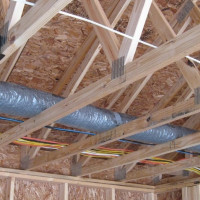 Ventilation in the house from sip panels: the best options and layouts
Ventilation in the house from sip panels: the best options and layouts 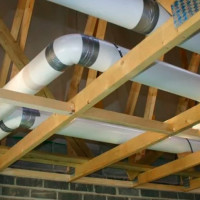 Ventilation from plastic sewer pipes in a private house: the possibility of construction and the best options
Ventilation from plastic sewer pipes in a private house: the possibility of construction and the best options 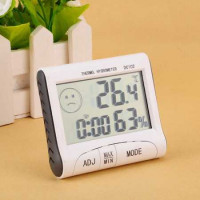 Norm of air humidity in the apartment: measurement methods + tips for normalization
Norm of air humidity in the apartment: measurement methods + tips for normalization 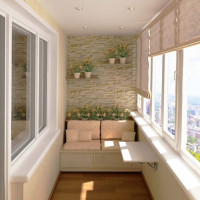 Exhaust ventilation on the balcony and loggia: options for organizing ventilation
Exhaust ventilation on the balcony and loggia: options for organizing ventilation  How much does it cost to connect gas to a private house: the price of organizing gas supply
How much does it cost to connect gas to a private house: the price of organizing gas supply  The best washing machines with dryer: model rating and customer tips
The best washing machines with dryer: model rating and customer tips  What is the color temperature of light and the nuances of choosing the temperature of the lamps to suit your needs
What is the color temperature of light and the nuances of choosing the temperature of the lamps to suit your needs  Replacement of a geyser in an apartment: replacement paperwork + basic norms and requirements
Replacement of a geyser in an apartment: replacement paperwork + basic norms and requirements